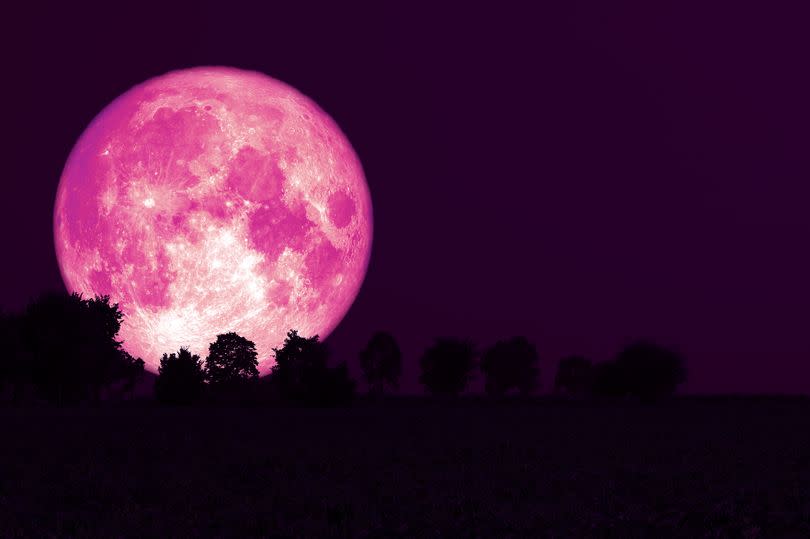Why June's supermoon is called a Strawberry Moon and what it means

The first full moon of the summer will be visible on Friday night (June 21) - and it will be one to behold.
The sixth full moon of the year, June's supermoon is known as the Strawberry Moon thanks to its pink hue. It will appear larger and brighter than usual full moons, thanks to it coinciding with the summer solstice.
A supermoon occurs at the point in the moon’s orbit where it is closest to Earth, otherwise known as pedigree. Although Friday represents the peak of June's full moon, the super strawberry moon will still appear full for a few days later.
READ MORE: Couple 'thought they were going to die' after Manchester night out in sickening gang attack
Read on for everything you need to know about June's Strawberry Moon.
Why is it called a strawberry moon?
Although taking on a pinkish hue to represent the strawberry colour, the fruit isn't where the name originates. According to NASA, some Native American tribes referred to the late spring/early summer full moon as a strawberry moon because it marked the ripening of ‘June-bearing’ strawberries.
Europeans have dubbed it the rose moon, while other cultures named it the hot moon for the beginning of the summer heat.
Best time to spot the strawberry moon
According to Royal Museums Greenwich (RMG), June's strawberry moon will be visible from 22 June at 2.08am in the UK.
The moon may also be available during the day. The reason this happens is that the time refers to the exact moment when the sun and moon are aligned on opposite sides of the Earth.
This moment is known as the 'syzygy' of the Sun-Earth-Moon system, and can happen at any time day or night, according to RMG. The moon will still look full either on the night before or the evening after the exact moment of 'full moon'.
How to see the supermoon
Star gazers are encouraged to check their local weather forecasts before heading out to catch the supermoon. Fingers crossed for clear skies, as cloudy conditions can impact visibility.
It's also important to choose the right location to view the moon. Somewhere with minimal artificial light and obstruction, such as gardens or parks, will help maximise your chances of seeing the moon in all its glory.
When is July's full moon?
July’s full moon will occur on 21 July at around 11.17am. Also a supermoon, this one is called a Buck Moon.

 Yahoo News
Yahoo News 
